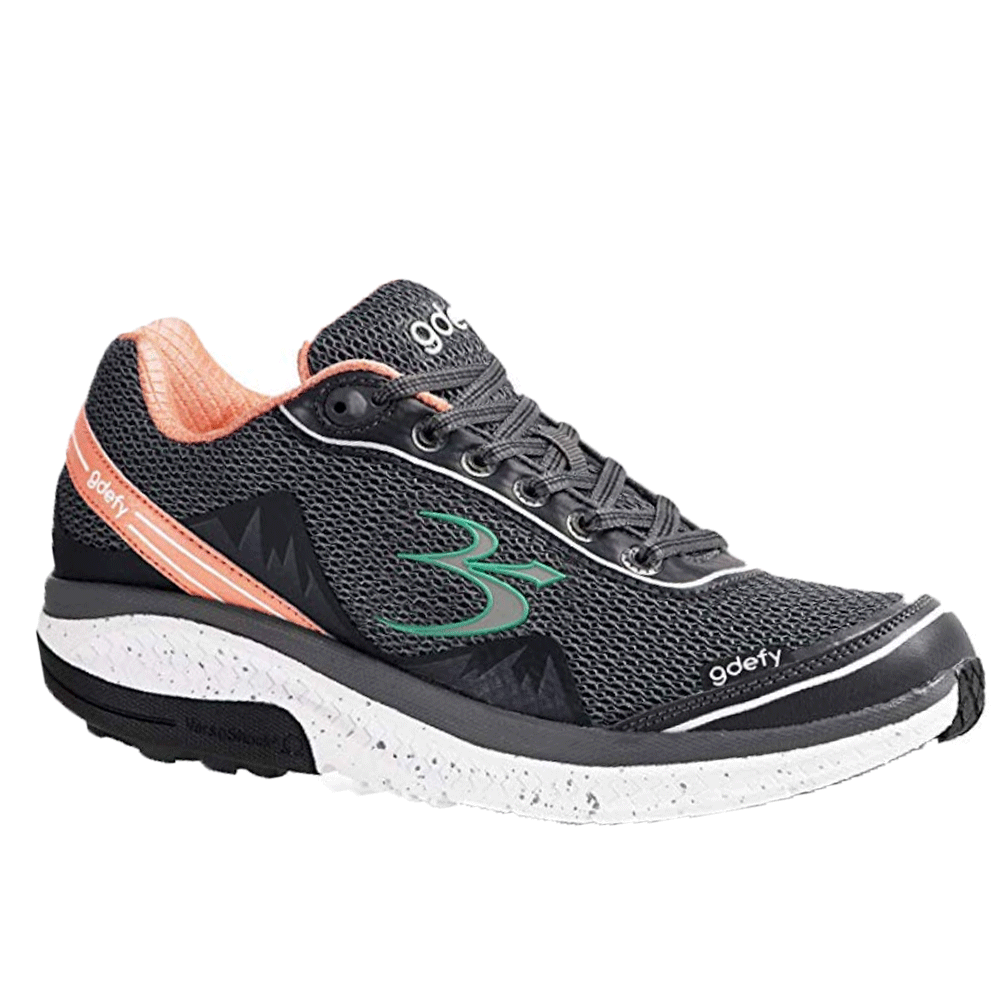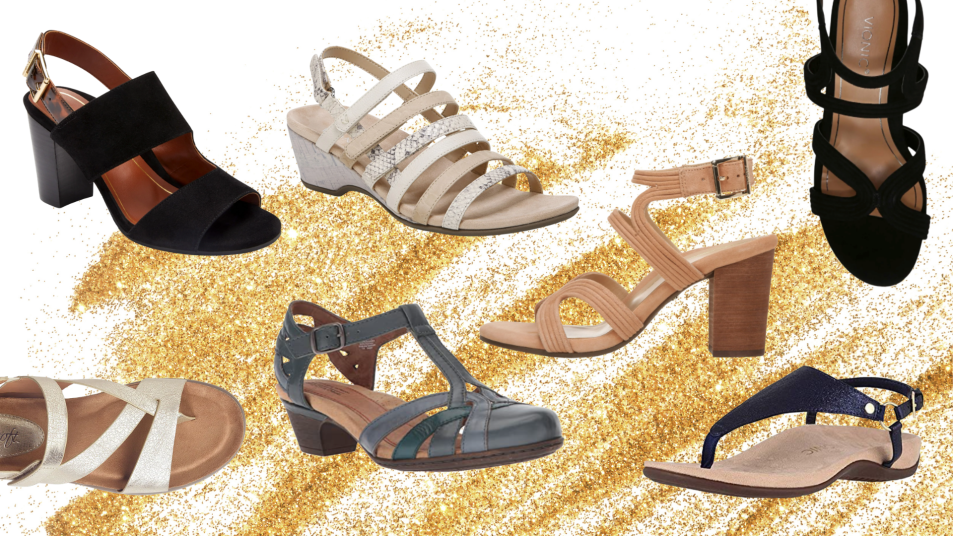Best Plantar Fasciitis Shoes for Women: Comfort That Lasts All Day

The first time I walked into a specialty shoe store, the look on my face must have said it all. The saleswoman glanced at my limp and gave me that knowing nod—she’d seen plenty of plantar fasciitis sufferers before. “Try these,” she said, sliding over a pair of Brooks Ghosts. I remember thinking, They look like regular running shoes… what’s the big deal? But after months of stubborn heel pain that made every step feel like treading on marbles, I was willing to try anything.

Why the Right Shoes Matter (And How I Learned the Hard Way)
When plantar fasciitis hit me hard back in 2021, I didn’t want to believe shoes could make or break my day. I tried stretching, icing, hoping it would magically disappear. Spoiler: It didn’t. One particularly bad morning after a long shift on my feet, I actually shuffled down the hallway sideways just to avoid putting weight on my heel.
That was when my podiatrist laid it out bluntly: “You can keep buying cute flats and flip-flops or you can walk without pain.” Not exactly what I wanted to hear—but he was right. The wrong shoes were sabotaging any chance for healing.
What Works—Not Just What Sounds Good
Here’s what no one tells you until you’ve tried and failed: not every “supportive” shoe is up for the plantar fasciitis challenge. Over two years and at least eight pairs of “promising” sneakers later, these are the details that made real difference for me:
-
Arch Support That Actually Supports:
Forget foam insoles labeled as “arch support”—I needed something firmer. The Vionic Walker caught my attention because their orthotic footbed was designed by podiatrists (and yes, you can feel the difference). For higher arches like mine, Superfeet Green insoles added even more structure inside roomy sneakers. -
Cushioning Without Mushiness:
The first time I tried Hoka Bondis in-store (pricey at $160 but worth it), it felt like walking on marshmallows—with bounce, not just softness. Those thick soles absorbed shock instead of letting it shoot up into my heels with each step. -
Heel Counter Check Trick:
Here’s a quick test from a physical therapist friend: squeeze the back of a prospective shoe with your thumb and forefinger. If it collapses easily? That’s a red flag. My Dansko clogs passed this test with flying colors—and kept my heel stable during twelve-hour nursing shifts. -
Toe Box Roominess Test:
After one disastrous week in trendy but tight sneakers (hello, blisters), I started tracing my foot onto paper and comparing it against shoe insoles before buying online—a trick from an old marathon runner who swore by her Hokas and New Balance 860s.
My Shoe Fails Before Finding Winners

Confession: My first pair of “orthopedic” shoes were so stiff they gave me calf cramps within hours—and looked so clunky they earned family teasing at dinner (“Grandma called; she wants her shoes back!”). Another time, a supposedly supportive slip-on flattened out underfoot after three days; $80 wasted and heel pain worse than ever.
But when I finally found that sweet spot—a combination of Brooks Ghosts for workouts and Danskos for work—I noticed something wild: getting out of bed hurt less each morning. Walking no longer felt like punishment.
Real-World Shopping Tips Nobody Tells You
If there’s one lesson burned into my memory: fit trumps fashion trends every single time (though Vionic’s new sneakers let you have both). Here are some battle-tested steps:
- Go Shopping Late in the Day: Your feet swell as hours pass—what fits at noon may pinch at 6 p.m.
- Bring Your Own Socks/Orthotics: Always try shoes on with whatever you wear daily.
- Walk in Circles—Literally: In-store or at home (with tags still attached!), walk around for at least ten minutes straight—heel pain sometimes sneaks up later.
- Return Policies Are Your Best Friend: Zappos once took back a pair after two weeks when they aggravated my symptoms; never settle if discomfort lingers.
- Measure Both Feet Annually: Feet change—especially after pregnancy or weight shifts! My left foot is now half a size larger post-baby #2; mismatched sizing happens more than you’d think.
Brands That Earned Their Place in My Closet
After dozens of tries (and returns), here’s what stuck:
- Brooks Ghost 15 ($140): Everyday walks/runs; arch support holds up even after miles.
- Hoka Bondi ($160): For days standing nonstop or errands where comfort matters most.
- Dansko Professional ($135): Hospital shifts; rigid sole keeps fascia happy.
- Vionic Walker ($120): Travel days or weekends; podiatrist-approved structure.
- New Balance 860 ($140): My backup pair for gym sessions—reliable stability without feeling heavy.
Style vs Support—A Balancing Act

I used to dread sacrificing style for comfort… until brands got smarter about design. Last summer, Vionic released blush-pink sandals that drew compliments and let me survive an outdoor wedding pain-free—a first! And yes, Clarks makes wedge heels with hidden arch support for those rare dressier occasions (worth every penny).
Lessons From Setbacks
Nothing humbles you like spending good money only to realize your new shoes make things worse—or don’t help at all. But every return taught me something crucial about fit, materials, or how much support my feet need versus someone else’s glowing review online.
Best advice from someone who’s been there? Don’t rush it—and don’t trust marketing hype over how your body feels after an hour in new kicks.
Practical Steps You Can Take Right Now
- List three shops nearby with hassle-free returns (DSW is surprisingly good).
- Pick two brands/models from above based on your main activity.
- Wear them around your house before committing outdoors.
- Keep notes on heel/arch/toe box comfort—not just initial impressions!
- Don’t hesitate to exchange if anything feels off—even small discomfort snowballs over time.
Above all else: be patient with yourself! If anyone had told me three years ago that swapping out unsupportive flats would mean waking up without wincing… well, let’s just say I wish I’d listened sooner.
Remember—the right pair isn’t just about healing today’s pain; it’s about reclaiming everything sore feet have kept you from doing comfortably tomorrow.
If you’re reading this mid-search while rubbing your aching heels under your desk… take heart! You’re closer than you think to finding relief with a little persistence—and maybe one less cute-but-cruel ballet flat in your closet next season.



